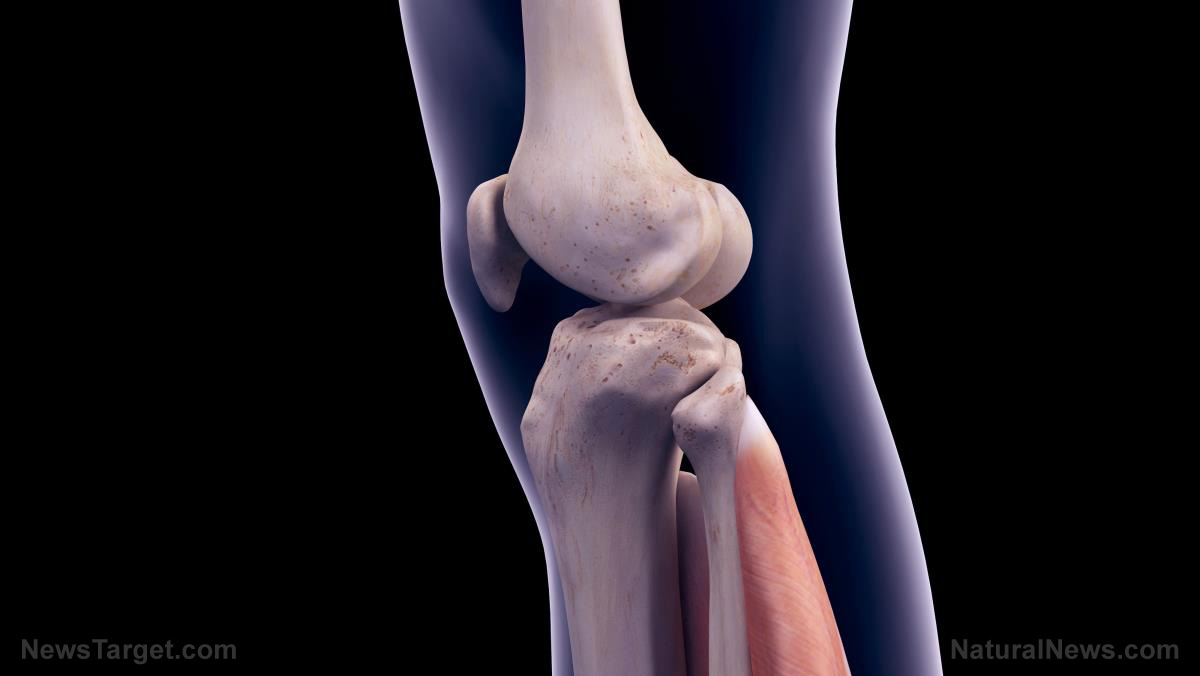Technology with a biological function: Researchers develop 4-D printing that may lead to the engineering of human organs
12/18/2017 / By Michelle Simmons

A technology that can 4D print body organs may become a reality in the near future. A team of scientists from the University of Alberta in Canada developed a technique that may pioneer the engineering of human organs. This technique they developed could allow scientists to produce products that also have a biological function, according to an article published on Folio.ca.
“We have expanded the set of tools to enable the incorporation of biological function as an intrinsic property in the devices we print with a new class of light-curable bio-nano ink,” explained Stella Mathews, chemical engineer and lead researcher.
They call this technique 4D printing, which is the initial step to tissue engineering. In their research, Mathews and her team, who worked in the university’s Ingenuity Lab, 3D printed a maple leaf made of silver nanoparticles, carbon nanotubes, and membrane proteins that can break water molecules to produce hydrogen when it was submerged in water and irradiated with ultraviolet light, similar to a hydrogen fuel cell. They designed a bio-nano ink that depends on a mixture of materials, stability, and geometry that can be manipulated inside an engineered space.
“When you irradiate the protein inside with UV, it generates a proton, which reacts with the silver nanoparticles to split water and generate hydrogen,” Mathews explained.
The ability to 3D print this type of technology is new, even if this type of hydrogen fuel cell is already in the market, which is more effective compared to the traditional titanium oxide fuel cell. The researchers hope that there is a potential for low-cost and highly efficient fuel cells to be 3D printed on a large scale. However, Mathews also noted that the future of this technology does not depend on fuel cells but on the ability to print things that can imitate complex natural mechanisms, such as photosynthesis in plants or processes in the human body.
100% organic essential oil sets now available for your home and personal care, including Rosemary, Oregano, Eucalyptus, Tea Tree, Clary Sage and more, all 100% organic and laboratory tested for safety. A multitude of uses, from stress reduction to topical first aid. See the complete listing here, and help support this news site.
Mathews also believes that physicians will be able to print off replacement parts, such as a knee meniscus, in the future.
“We would print it with a material that has the mechanical properties that can withstand the pressure of the bones, as well as have some factors that can promote cell adhesion, all while preventing the body’s immune system from rejecting the meniscus,” she explained. “But this is only phase one of many.”
The research was published in the journal RSC Advances.
3D printing in healthcare
Three-dimensional printing in the medical field has been utilized to make medical models, medical device prototypes, and functional dental applications. This technology enables manufacturers to cost effectively make customized medical devices. Moreover, it also became an important part of surgical planning as the ability to plan, perform, and perfect surgery on a 3D printed medical model can be done before the actual surgery, reducing the complications and the amount of time patients spend on the operating table.
With the advancement of technology, even 3D printed parts are being put directly into patients. Doctors at the University of Michigan were presented with a baby who was born without cartilage in its windpipe, which is a condition that is known as Trachea Bronchi Malaysia. The team of doctors used 3D printing technology to 3D print a scaffold of bioresorbable material to help the body heal itself. (Related: 3D Printing Allows Doctors to Better Treat Cancer.)
Find out more studies on technology and research at Research.news.
Sources include:
Tagged Under: 3D in healthcare, 3D printing, 4D printing, body organs, enginerring, future medicine, future tech, inventions, medical research, research, technology




















